Share the importance of World Science Day for Peace and Development with your students. Bring classrooms to life with MY HERO's Multimedia Resources and Lesson Plan for Teachers. Includes discussion guide and learning outcomes.
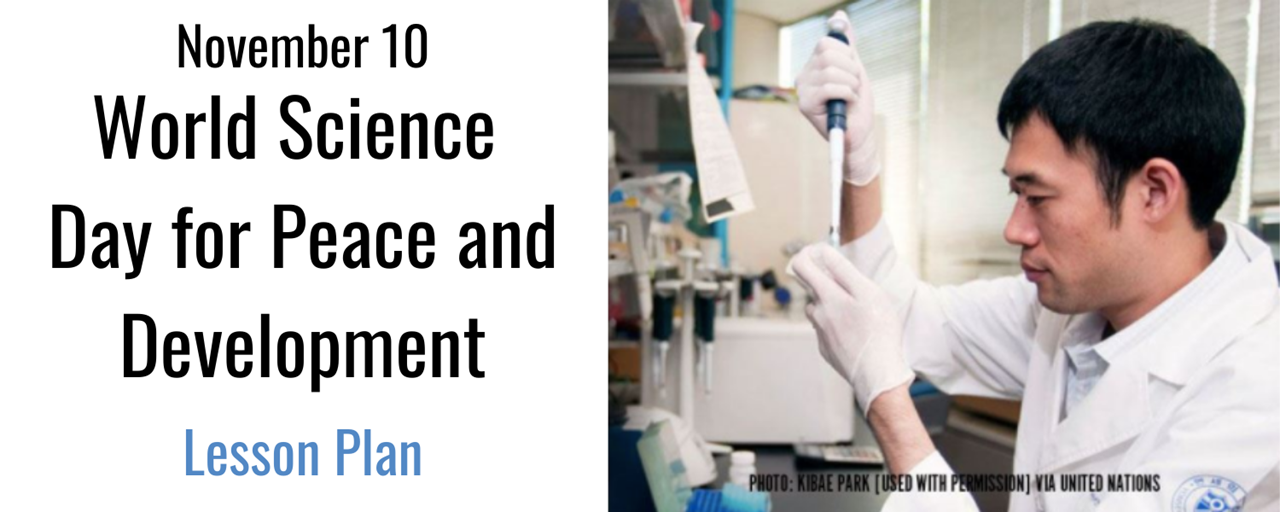
The purpose of World Science Day for Peace and Development is to renew the national, as well as international, commitment to science for peace and development and to stress the responsible use of science for the benefit of society.
In Secrets of the Universe, Manuel Calderon de la Barca Sanchez joins a global team working to uncover another amazing breakthrough in this new world of technology-driven physics. Get an inside look at the machine to understand just what it means to do science, working together to solve the universe’s greatest mysteries.

Travel with scientist Manuel Calderon de la Barca Sanchez as he journeys to the largest machine ever built, the greatest scientific instrument ever created, the Large Hadron Collider (LHC).
Learn about these physicists, who are also looking to discover the secrets of the universe.
Two stories are available in text and audio so students can listen as they read. Great for ESL/EFF students.
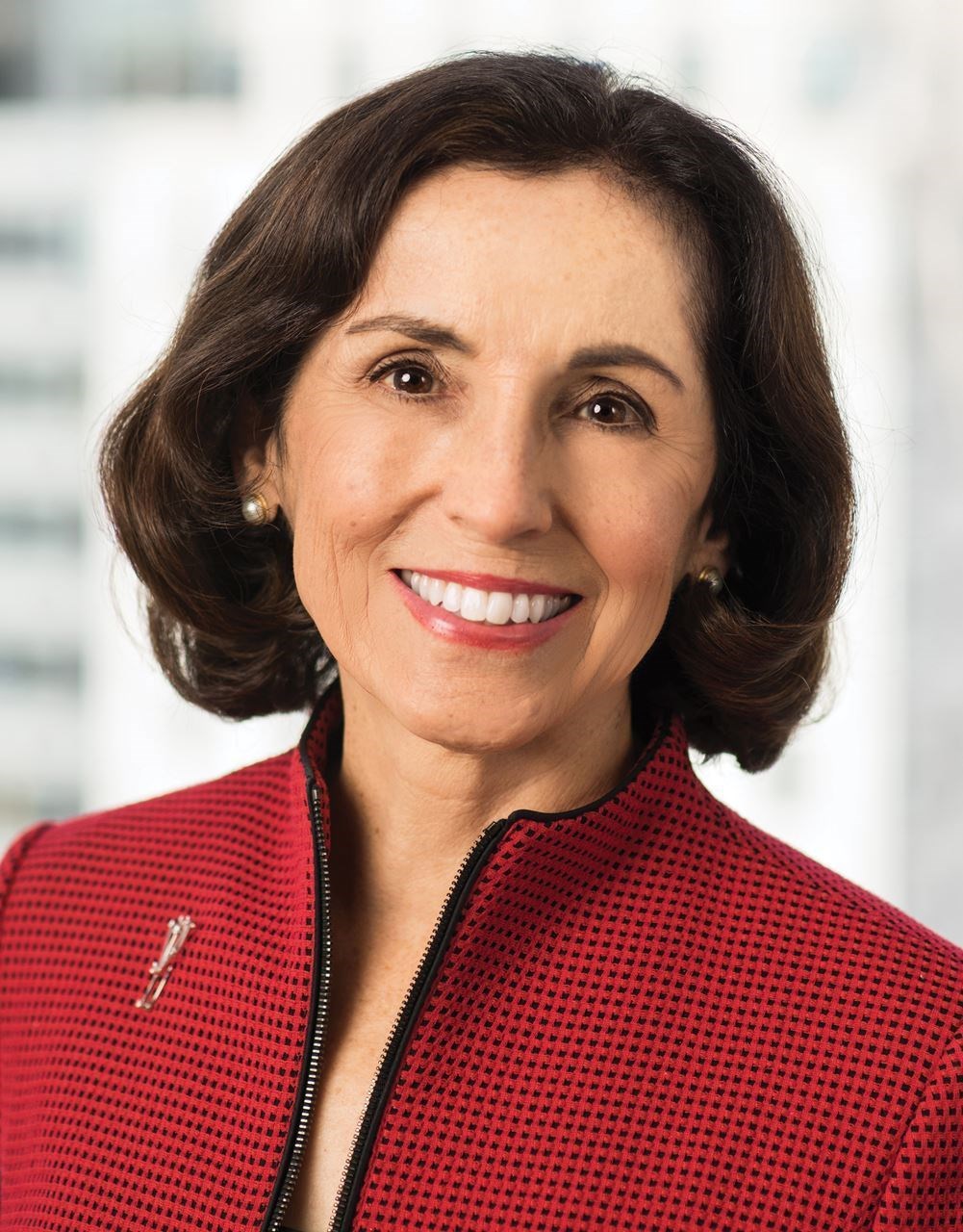
Dr. France Cordova is a renowned astrophysicist who has broken gender and cultural barriers. This story is also available in Spanish.
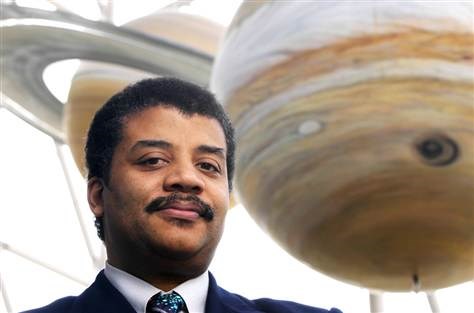
Neil deGrasse Tyson is an astrophysicist, cosmologist and science communicator. This story is available in text with audio so students can listen as they read.

Fabiola Gianotti is an Italian particle physicist. This story is available in text with audio so students can listen as they read.
This story about Dr. France Cordova has been translated into Spanish.
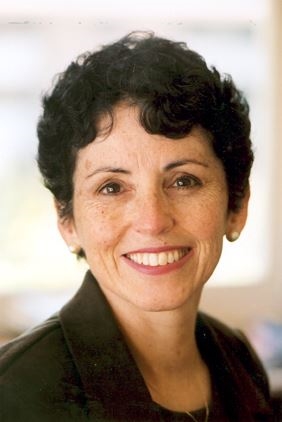
“Sólo aquellos que se arriesgan a llegar lejos, pueden tener una idea de lo lejos que se puede llegar." - T.S. Eliot
Discussion Questions and Activity
Each of these scientists ia an astrophysicist studying the laws of physics and chemistry as it relates to space and the universe.
What questions do you have about the universe?
Who do you admire who is working to find the answers to your questions? Share his or her story with MY HERO.
Read this story to learn how exploring the unfamiliar environments in the deep sea reveals guideposts for exploring space.
Films
Students watch the following three films about these innovative scientific inventions and consider the discussion questions.
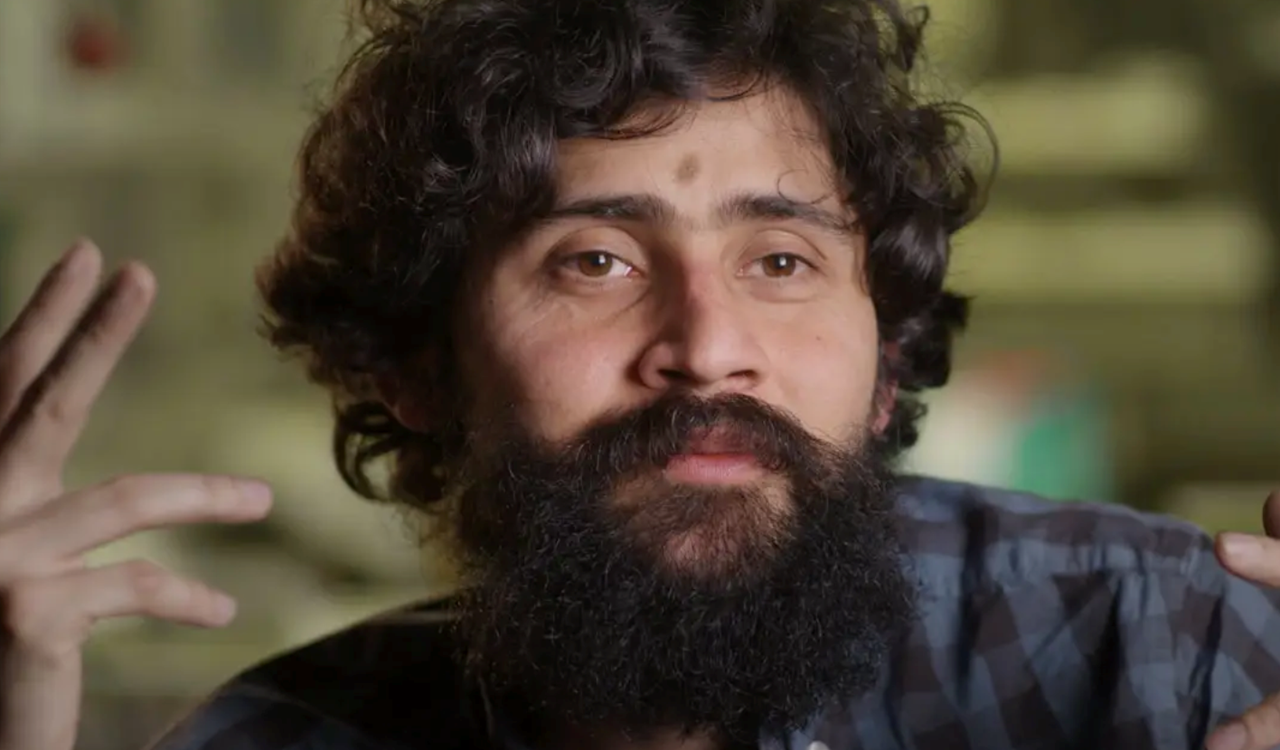
A device made from paper promises to make microscopes as widely available as pencils.
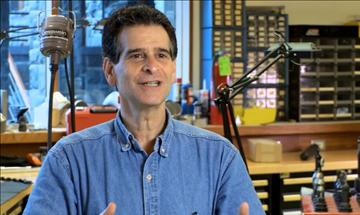
Best known for his Segway Personal Transporter, inventor Dean Kamen is taking on great challenges one invention at a time. SlingShot is the story of Kamen, his water purification technology, and his innovative approach to the safe water crisis.

Discussion Questions and Activities
1. The $1 Microscope is about the Foldscope, which brings a basic science tool, the microscope, to those who may not have access. The film highlights that in India the Foldscope is being used to help crop management, and scientists in the Amazon can study insects in their own habitats. What other benefits are there in using a Foldscope, as compared to a traditional microscope?
2. Slingshot is about a water purification system. Identify areas of the world with limited access to clean water. How would a water purification system help those living in an area of the world with limited access to clean water?
3. The UN Sustainable Development Goal #6 is Clean Water and Sanitation. Who else is working to increase access to clean water globally? Share the story of their efforts with MY HERO.
4. What type of global impact might the unexpected discovery in the film The Super Supercapacitor have on people's lives and the environment?
5. These three films focus on inventions that can improve the lives of people around the world. What other recent inventions help the lives of others? Who is working on these inventions? Share the story with MY HERO.
Students watch the two films and read the story to learn about Sylvia Earle, a legendary oceanographer who is creating a global coalition to protect the oceans and life on earth. Then consider the discussion questions.
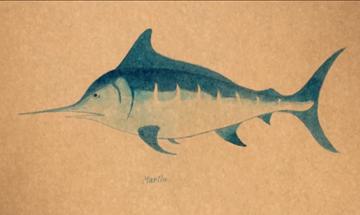
A film about the importance of protecting the blue heart of our planet: our oceans (1:53 minutes)
1. Sylvia Earle states that we should all care about the oceans because our lives depend on them. In what ways do humans depend on the ocean?
2. Identify bodies of water in your community/part of the world. Who is working towards keeping these bodies of water clean and protected? Share their story with MY HERO.
3. Sylvia Earle was the first woman to be a chief scientist at NOAA. Katherine Johnson overcame racial and gender barriers during her life and career. Do you know someone who was the first of their gender, race or family to achieve something? What obstacles did they face and how did they persevere to reach their goal? Share their story with MY HERO.
Great for ESL Students: Listen and Read Along Stories
The following stories about scientist heroes are available in text and audio so students can listen as they read.
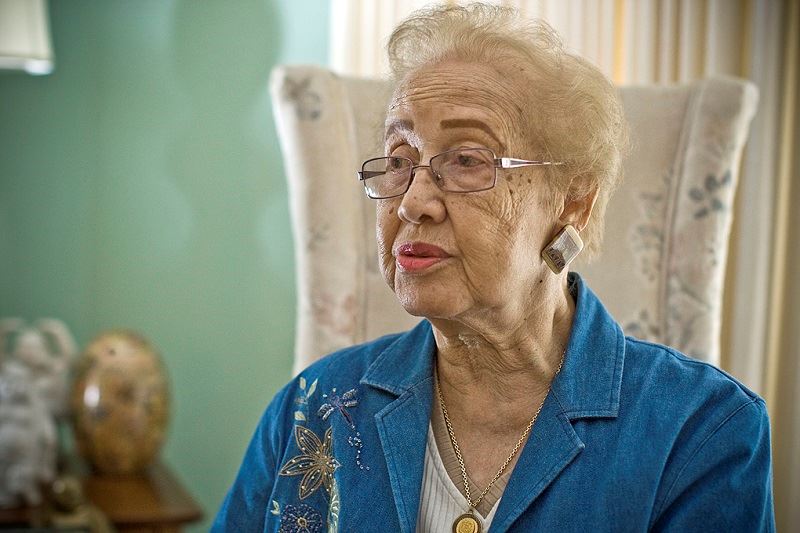
Her story was hidden for decades: Katherine Johnson plotted multiple flight courses for NASA, including the Apollo 11 spacecraft, the first spaceship to reach the moon.
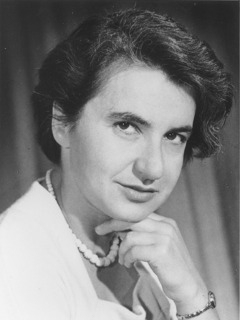
Rosalind Elsie Franklin was instrumental in the understanding of the structures of DNA.
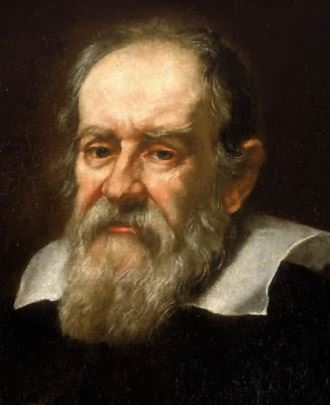
Galileo Galilei was an astronomer and inventor, the first to use a telescope to observe the stars and planets.
Discussion Questions and Activity
What scientific topics interest you?
Who do you admire in the field of science?
Write a story about your scientist hero to share with MY HERO.
Dr. Vandana Shiva is an Indian author, scholar and environmental activist who works to preserve biodiversity on earth.
1. Why is Dr. Shiva's work important? How has she helped protect the world's biodiversity?
2. Research the importance of protecting the world's biodiversity.
3. Who else is working to protect the earth's biodiversity? Share his or her story with MY HERO.
MY HERO Suggested Video
"Unsung heroes of science" (2015) by DMS
These scientists are proving that science can change the world for the better: http://www.sciencecanchangetheworld.org. #brightscience
Students analyze the poster and portrait below.
What scientific issue is important to you? Create a poster to share your ideas, and submit it to MY HERO.
Who is your science hero? Consider creating a portrait of your hero to submit to the MY HERO Gallery.
Katherine Coleman Goble Johnson is an African American physicist and mathematician who made contributions to the United States' aeronautics and space programs.
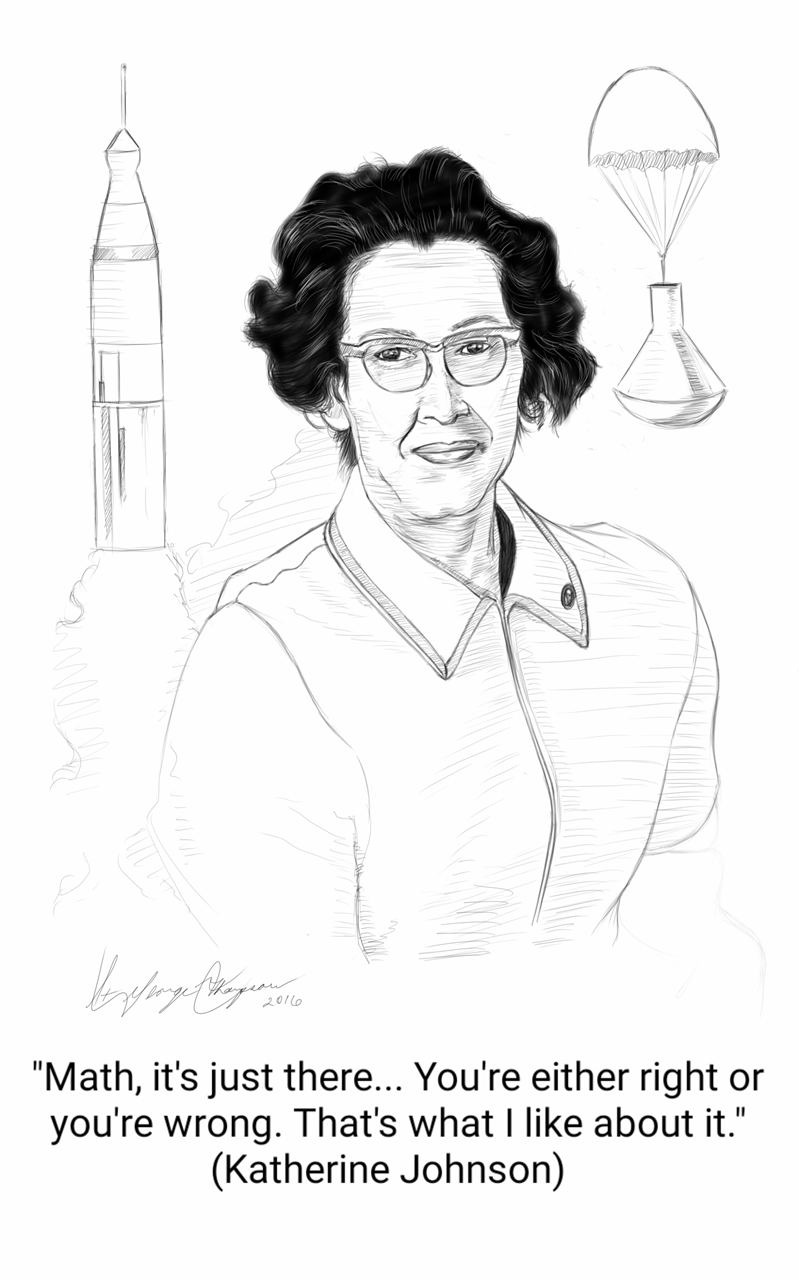
Learning Outcome
Students will develop higher-level learning skills as they compare the written word, films and art. Students will identify scientists who inspire them. Students will evaluate issues that can be improved by science, and research those scientists working to make a positive difference.
|
|
The World Science Day for Peace and Development lesson plan was created by MY HERO Education Outreach Director Laura Nietzer. |
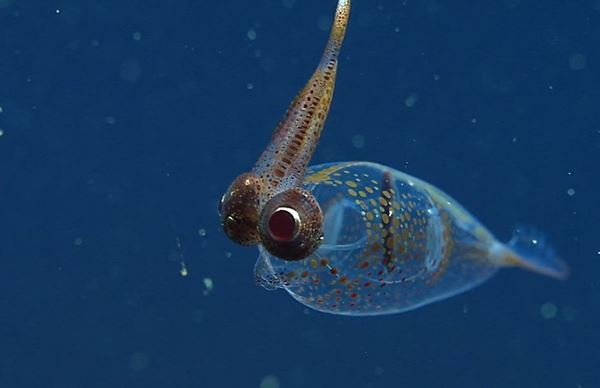

These short films are under 10 minutes and feature environmental heroes who are fighting to protect our precious planet.
Ecological Interactions and Biodiversity of Kelp Forest Curriculum

MY HERO Calendars for use in the Classroom
Students can share their Hero Essays, Films and Art through our Create Program
How to use MY HERO's Create Program to Publish Stories, Art, Film and Audio for Students
Tutorial for students: Publish written stories, film, original artwork and audio in MY HERO's multimedia library.

Outstanding essays submitted to MY HERO will be considered for a certificate/t-shirt prize or be featured on the Story Homepage.
Submit your artwork to be entered in the MY HERO art contest or to be exhibited on our Gallery Homepage.
Students can submit their films for free with a waiver to the MY HERO International Film Festival.
Organizer created on 9/30/2019 1:09:59 PM by Laura Nietzer
Last edited 6/27/2023 1:13:08 PM by Laura Nietzer